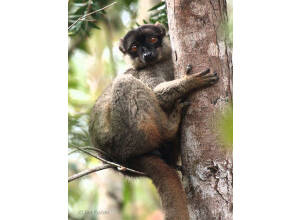
Brown Lemur (scientific name: Eulemur fulvus) is a medium-sized lemur.Brown Lemur is active at different times throughout the day and night. It lives in groups, but the groups are not fixed. Usually there are 3 to 12 individuals in a group, sometimes 9-12 together. Each individual smears urine on th...
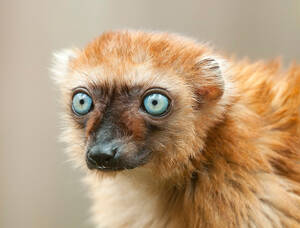
Blue-eyed Black Lemur (scientific name: Eulemur flavifrons) is known as Blue-eyed Black Lemur in English. It was confirmed as an independent species in 2010.Blue-eyed Black Lemur was previously considered a subspecies of Black Lemur. All its scientific names used to be Eulemur macaco subspecies flav...
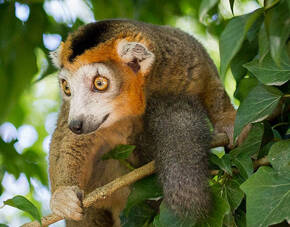
Crowned Lemur (scientific name: Eulemur coronatus) is the smallest species in the genus.Crowned Lemurs live in groups, but the groups are not fixed. Usually the group is 5 to 15 individuals, sometimes 9-12 together. Each individual smears urine on its body for scent identification. Territories overl...
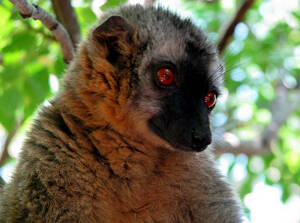
The Red-collared Lemur (scientific name: Eulemur collaris) is also known as Collared Brown Lemur in English. It is a medium-sized lemur.The Red-collared Lemur lives in small groups of 3 to 12, and a large group of up to 29 individuals has been found. Active at different times throughout the day and...
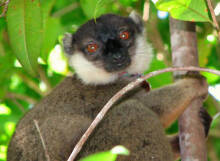
White-collared Brown Lemur (scientific name: Eulemur cinereiceps) is also known as White-collared Brown Lemur. It is active during the day or at night, eating insects, fruits, reeds, leaves, and occasionally birds. It lives alone or in family groups. It hibernates. Females reproduce in June and July...
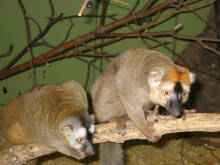
White-collared Lemur (scientific name: Eulemur albocollaris) is also known as White-collared Lemur. It was once a subspecies of brown lemur and was confirmed as an independent species in 2008.White-collared Lemur is active at different times throughout the day and night. It is gregarious, but the gr...

The white-fronted lemur (scientific name: Eulemur albifrons) is a medium-sized lemur. It was once a subspecies of the brown lemur (Eulemur fulvus) and was established as an independent species in 2001.White-headed lemurs are active at different times throughout the day and night. They live in groups...
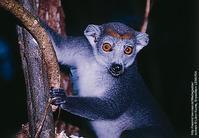
Phaner furcifer, scientific name, is a possible new lemur species, according to Conservation International. Little is known about the species, although Conservation International experts suspect it is likely endangered due to habitat loss.The forked-spotted mouse lemur feeds on the resin of temperat...
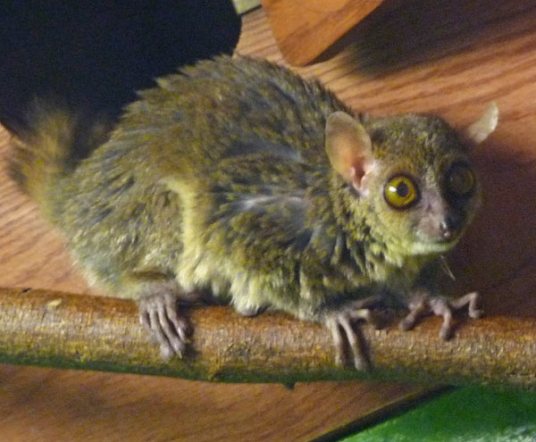
The scientific name of Coquereli's dwarf lemur is Mirza coquereli. It is an animal that is active at night and lives low in trees. Male monkeys usually act alone, while female monkeys form a small group. They mainly feed on fruits, flowers, insects, etc.Listed in the World Conservation Union (IU...
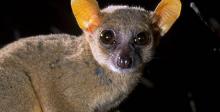
The scientific name of the rufous lemur is Microcebus rufus. It is omnivorous. Most of them prefer fruits, some prefer insects, and some feed mainly on resin.Listed in the "World Conservation Union" (IUCN) ver.: 2008 Red List of Primates - Low Concern (LC).Protect wild animals and stop eat...
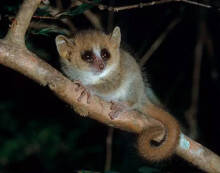
Microcebus murinus, scientific name of dwarf lemur, is found in humid tropical rainforests, living in trees and groups, usually about 30 pairs living by streams or rivers. It mainly feeds on fruits and insects. It spends the day hiding in tree holes. In the evening, even if it wakes up, it will wait...
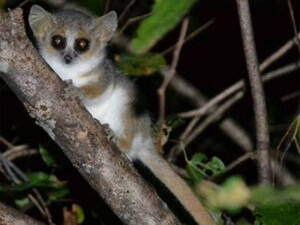
The specific habits of the red-gray dwarf lemur (scientific name: Microcebus griseorufus) are unknown.Listed in the 2014 Red List of Endangered Species of the World Conservation Union (IUCN) ver3.1 - Least Concern (LC).Protect wild animals and stop eating game.Maintaining ecological balance is every...
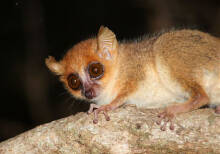
Berthe's dwarf lemur (scientific name: Microcebus berthae), also known as Madame Berthe's Mouse Lemur, has no subspecies.The Bailey's dwarf lemur is found in humid tropical rainforests, living in trees and in groups, usually in pairs by streams or rivers. It feeds mainly on fruits and in...
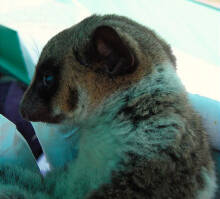
Sibree's Dwarf Lemur (scientific name: Cheirogaleus sibreei) is active during the day or at night, eating insects, fruits, reeds, leaves, and occasionally birds. It lives alone or in family groups. It hibernates. The gestation period is 120-150 days, and it gives birth from September to November...
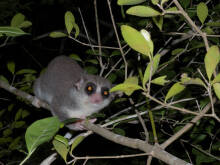
The fat-tailed mouse lemur, scientifically known as Cheirogaleus medius, is an omnivore that mainly eats flowers, fruits, plant leaves and small invertebrates. It is a nocturnal animal and usually comes out to forage at night.Listed in the "World Conservation Union" (IUCN) ver.: 2008 Red L...
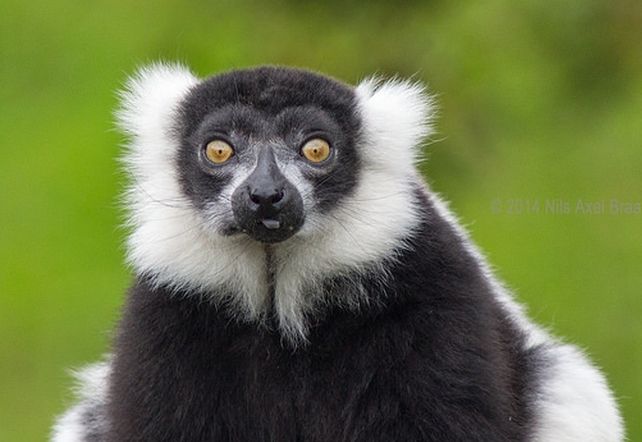
The black-and-white ruffed lemur is actually very special. They are the representatives of peace and never quarrel over territory. Not only that, their way of raising offspring is also unique. The probability of twins among primates is very small, but it is very common among ruffed lemurs. Other mon...
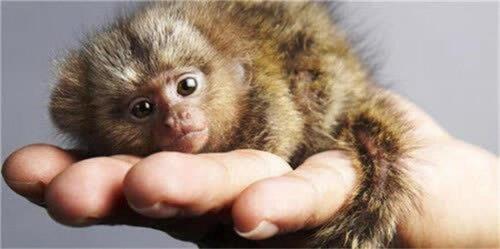
In the vast ecosystems of the earth, various organisms are distributed in different environments according to their characteristics and adaptability. For most people, giant creatures in the animal kingdom, such as elephants and blue whales, often attract attention. However, there are also some amazi...

Primates are a type of mammals with highly developed intelligence and sociality. Their characteristics include developed brains, flexible hands and feet, and a wide field of vision. Here are some common primates:1. Monkeys: Monkeys are the most widely distributed group of primates, including Old Wor...